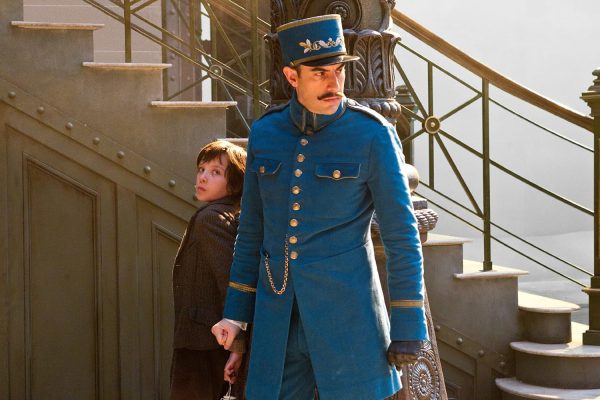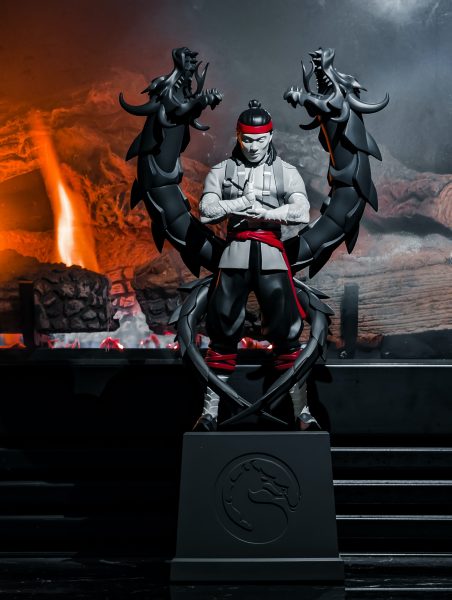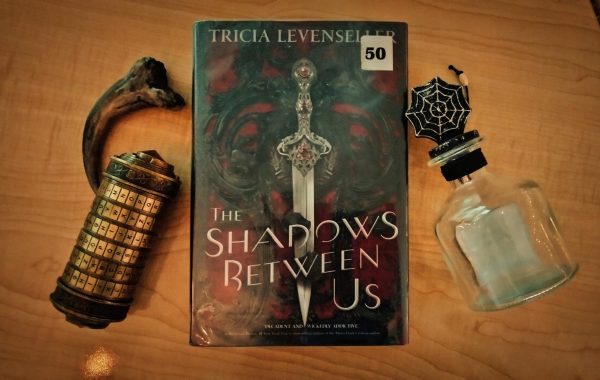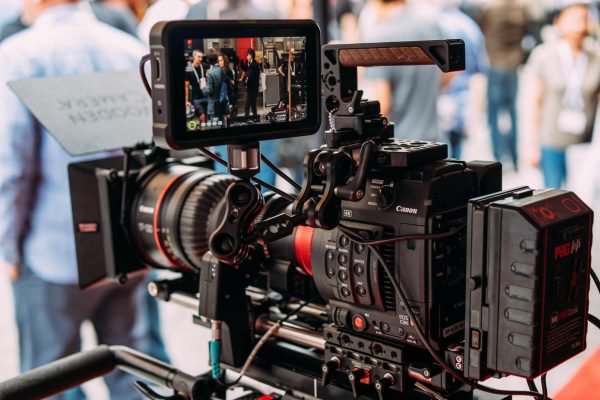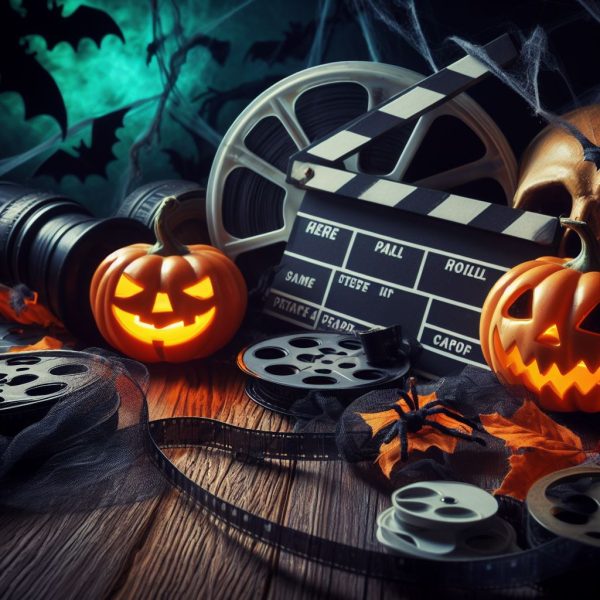Demon Slayer: Mugen Train Review
Demon Slayer: Mugen Train has finally been released in the states after having been in Japan since October 16, 2020. Originally based on a manga, it was turned into an anime with the help of Netflix, bringing in a wide audience for those who love anime, or others who are just getting introduced to this culture.
The film was set to take place right after the events of the animated series, when our protagonist, Tanjiro Kamado, and his sister, Nezuka, set off on another expedition with their companions, Zenitsu and Inosuke, to meet up with one of the higher officials, Kyojuro, in their organization, which is dedicated to killing demons. When in this world, demons feed, terrorize, and kill human populations, and it is the job of the demon slayer to enact justice and restore civilization to a time without demons.
The audience is automatically blown away with the first scene, being this presentation of the skill of the artwork and animation, a simple picture of a forest and water had left the theater gasping, as the creators had given these elements, which normally are very still in anime, a sense of life, actively flowing and moving as if it was real.
This production of design and technology had been repeated throughout the film, showing how much Japanese animation has improved from previous works of art, such as shows like Blue Exorcist, when adapting that usage of digital design and the simplistic forms of animation, as well as creators from Studio Ghibli, when their films used to bring a new meaning to Japanese animation everytime they created a new film.
This show expands the capabilities, being able to surpass the anime of the past through its combination of a digitalized world that enhances shadows and makes the universe feel more real, and the classic art style that is commonly found in traditional anime.
Usually, the combination of a digitalized world clashes from that of the traditional paper-like characters and background, as commonly found in the show Blue Exorcist. But this time it was different, as this digitized setting seemed to only improve the overall aesthetic of the film rather than hinder the experience as other creators have done in the past.
Unexpectedly, jokes and small pauses of comedic relief filled in the gaps of the storyline, possibly to give space from very serious moments that appeared later in the film, dealing with family and suffering. But the beauty was that it had the right amount of humor, as it wasn’t strongly comedic or had intentional areas where the audience meant to laugh, but small chuckles had whispered around the movie theater. And depending on the characters, it provides backstory to who they are as people, especially for those being invested in the franchise for the first time.
But even though the film was humorous, it should not be taken away from its emotional intensity and the impact it had physically on the audience. Revisiting mysterious characters from the original anime, it brought light and sadness to those that the audience had grown attached to during the time of watching the film. And as a few sniffles had bounced around the room, it definitely did hit a chord with the viewers on an emotional level.
But it wasn’t just the creators that brought a nice balance of laughter and sadness, but the voice acting was very powerful throughout the film, pulling the audience more and more into the storyline, when in the beginning, it was aloof and playful, but as one gets more connected, the viewer becomes involved in the evolution of character progression.
The only issue with the entire movie is the soundtrack, as it felt a little subdued, and that for a film that broke records, the soundtrack just seemed to be a second-thought throughout the movie. Unless it was intentional to create a simple sound behind the movie, it felt like the soundtrack needed to be more involved.
Beyond the one critique, Demon Slayer: Mugen Train has proven to be one to remember for years to come. Having been a noticeable change of pace from normal animated films, it also provided a source of entertainment for those in a time where a pandemic can be very oppressive. The film is still only watchable in theaters,but being a rated-R film with dubbed and subtitled versions, it is best to either leave your child or younger sibling at home, or take the chance and expand the next generation to a new world of animation, storytelling, and meaningful events that can teach those the meaning of life and death, and the importance of friends and family.


